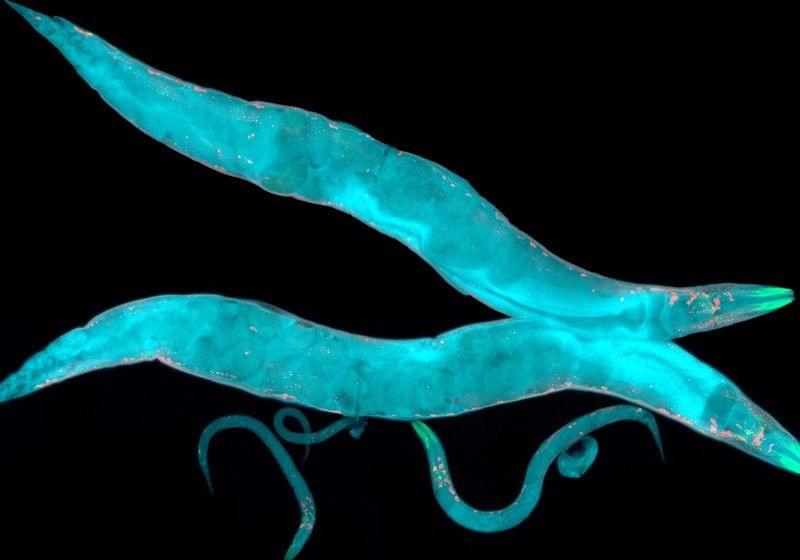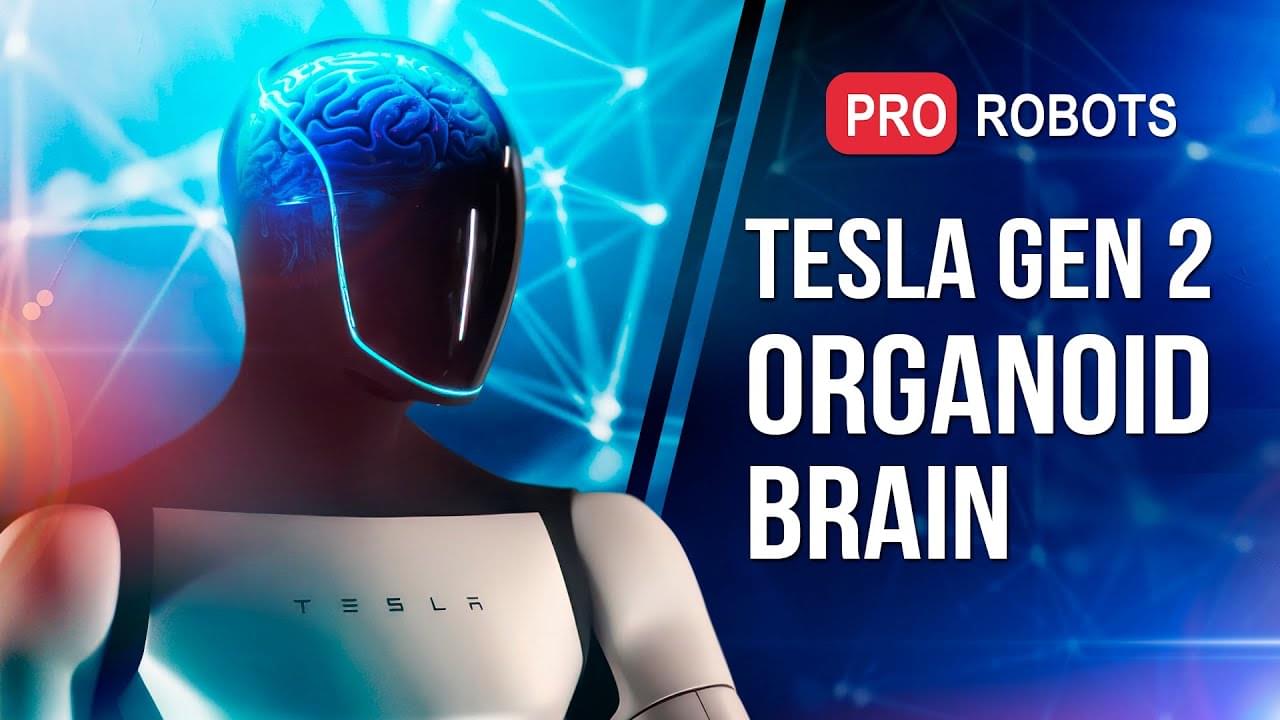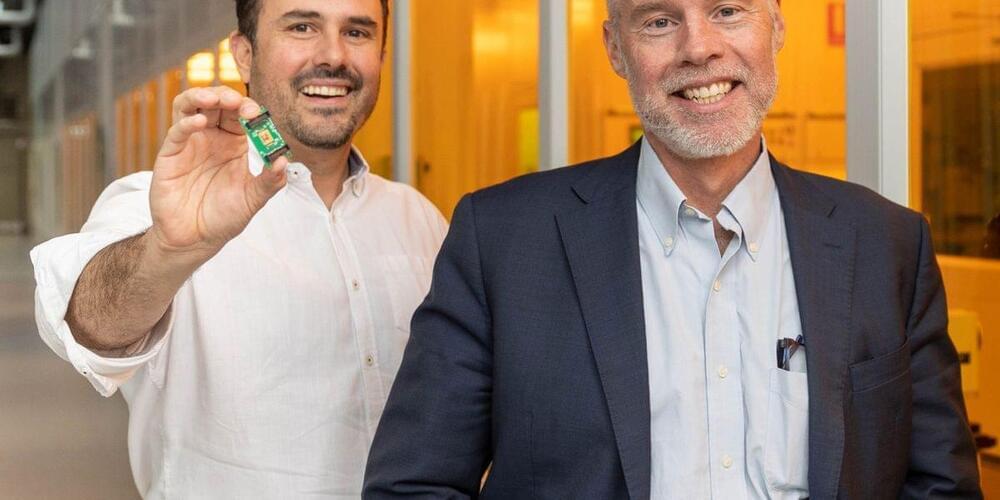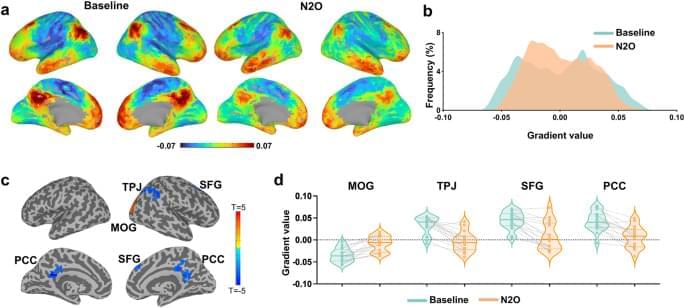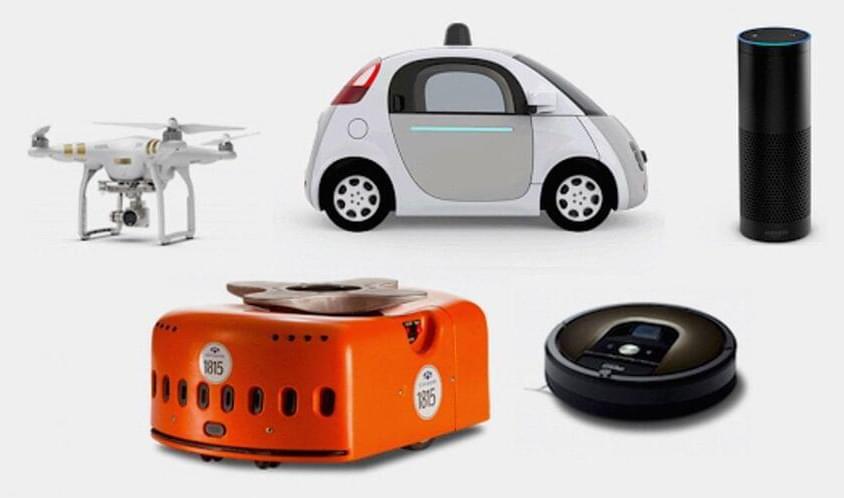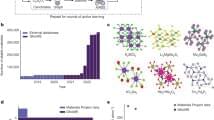The big difference is that all the rendering would be handled by chiplets instead of a big compute chip like on its existing GPUs.
Genetic screens have revealed three peripheral tissue genes that regulate sleep. What does this mean for sleep research?
Booyah, fellow interneters. In this episode Tesla Optimus gets an upgrade to generation 2. Droids get used to voice commands, robot dogs go sprinting, and of course where would we be without the neuromorphic cyborg supercomputer with human brain cells. This and more right here, right now! I’m Nick, let’s kick it!\
\
It is with the warmest feeling in our hearts that we thank you for staying with us. Your support and loyalty light up our path like Christmas lights. We also wish you ringing laughter, sincere gettogethers, warm embraces, unexpected surprises and bright, unforgettable moments. And to kick off these moments we are announcing a contest which will be held on December 26\
🎄✨ https://youtube.com/live/8rRhlyyfrSI?…\
\
0:00 beginning\
0:32 Merry Christmas\
1:24 Tesla news: new robot and Cybertruck\
4:09 The Digit robot understands humans\
5:07 The H1 humanoid robot is already on sale\
6:11 Robots work, not humans\
6:38 Four-legged robot mule\
7:39 The fastest four-legged robot\
8:34 The world’s first neuromorphic supercomputer\
9:51 Сyborg computer with a living organoid brain\
11:20 3D printing organs inside the body\
12:25 Robots conduct experiments and create medicines \
13:11 OpenAI creates a defense against superintelligent AI\
14:35 ESA’s mission to Mars\
\
🚀 Dive into the latest Tesla breakthroughs as we explore the new Optimus robot’s unique features and the eagerly awaited Cybertruck updates. Discover what sets Optimus apart from its counterparts, and join us as we analyze Morgan Stanley’s market predictions. Is it all just media hype, or is Tesla truly reshaping the future of technology? Let’s find out!\
\
Optimus Unleashed: Get the lowdown on how Tesla’s robot is becoming more human-like with improved agility, sensitivity, and design, mimicking the sleek style of a Model S.\
Cybertruck’s Debut: From its industrial aesthetics to Elon Musk’s quirky sense of humor, learn how the Cybertruck is more than just a vehicle—it’s a statement!\
Market Movements: Delve into Morgan Stanley’s explosive predictions for Tesla’s stock and discuss how AI and robotics could revolutionize the global labor market.\
Digit Speaks: Discover how the humanoid robot from Agility Robotics understands natural language, and ponder over the future of human-robot interaction.\
Unitree’s H1 Bot: A deep dive into the capabilities of this humanoid robot, set to revolutionize various industries with its advanced features and modularity.\
ANYmal in Action: Explore how this autonomous robot is taking over industrial inspections and what it means for the future of human labor.\
Barry the Robot Mule: Uncover the versatility of this pack robot and how it’s set to assist in construction, rescue missions, and more.\
Speedy HOUND: Meet the fastest four-legged robot that’s breaking records and setting new standards in robotics.\
DeepSouth — The Supercomputer: Learn about the world’s first neuromorphic supercomputer and its potential to unlock new horizons in AI.\
Ethical Tech Frontiers: From organ printing to cyborg computers, join us as we discuss the latest advancements and the ethical dilemmas they bring.\
Automating Science: Find out how XtalPi and ABB Robotics are transforming biochemistry labs with GoFa cobots.\
OpenAI’s Vigilance: Understand OpenAI’s strategy in defending against superintelligent AI threats and what it means for the future of technology.\
ESA’s Mars Mission: Gear up for the European Space Agency’s ambitious mission to Mars with the Rosalind Franklin rover and its quest to uncover signs of life.\
\
In this video, we’ll be discussing the evolution of ChatGPT to GPT5 | A new era of AI or the end of humanity? | Tech News | Pro Robots.\
\
chatGPT has long been a popular chatbot platform for businesses and organizations. Recently, the company has released a new platform called GPT5 which is claimed to be more advanced and robust than previous versions of the chatbot platform. In this video, we’ll be discussing the pros and cons of GPT5 and how it may change the future of AI. So whether you’re a robot lover or fearing for the future of humanity, be sure to check out this video and let us know what you think!\
\
#prorobots #ai #artificialintelligence #technology2021 #technologyfuture #Tesla, #OptimusRobot, #Cybertruck, #AI, #Robotics, #TechnologyUpdates
Cultural and technological innovations appear to be the main drivers of adaptation. But have they replaced biological adaptation?
The Sydney team exploited stimulated Brillouin scattering, a technique which involves converting electrical fields into pressure waves in certain insulators, such as optical fibers. In 2011, the researchers reported that Brillouin scattering held potential for high-resolution filtering, and developed new manufacturing techniques to combine a chalcogenide Brillouin waveguide on a silicon chip. In 2023, they managed to combine a photonic filter and modulator on the same type of chip. The combination gives the experimental chip a spectral resolution of 37 megahertz and a wider bandwidth than preceding chips, the team reported in a paper published 20 November in Nature Communications.
“The integration of the modulator with this active waveguide is the key breakthrough here,” says nanophotonics researcher David Marpaung of the University Twente in the Netherlands. Marpaung worked with the Sydney group a decade ago and now leads his own research group that is taking a different approach in the quest to achieve wide-band, high-resolution photonic radio sensitivity in a tiny package. Marpaung says that when someone reaches sub-10-MHz spectral resolution across a 100 gigahertz band, they will be able to replace bulkier electronic RF chips in the marketplace. Another advantage of such chips is that they would convert RF signals to optical signals for direct transmission through fiber optic networks. The winners of that race will be able to reach the huge market of telecoms providers and defense manufacturers who need radio receivers capable of reliably navigating complicated radio-frequency (RF) environments.
“Chalcogenide has a very strong Brillouin effect; it’s very good, but there is still a question of whether this is scalable…it’s still perceived as a lab material,” Marpaung says. The Sydney group had to figure out a new way to fit the chalcogenide waveguides in a 5-millimeter-square package into a standard manufactured silicon chip, which was no easy task. In 2017, the group figured out how to combine chalcogenide onto a silicon input/output ring, but it took until this year for anyone to manage the combination with a standard chip.
Purdue quantum researchers twist double bilayers of an antiferromagnet to demonstrate tunable moiré magnetism.
Twistronics isn’t a new dance move, exercise equipment, or new music fad. No, it’s much cooler than any of that. It is an exciting new development in quantum physics and material science where van der Waals materials are stacked on top of each other in layers, like sheets of paper in a ream that can easily twist and rotate while remaining flat, and quantum physicists have used these stacks to discover intriguing quantum phenomena.
Adding the concept of quantum spin with twisted double bilayers of an antiferromagnet, it is possible to have tunable moiré magnetism. This suggests a new class of material platform for the next step in twistronics: spintronics. This new science could lead to promising memory and spin-logic devices, opening the world of physics up to a whole new avenue with spintronic applications.
Cortical gradient mapping stands as an innovative analytical tool for exploring the brain’s functional-spatial organization along a continuous spectrum28,29,30, distinguishing it from conventional techniques reliant on discrete boundaries, e.g., functional parcellation in neuroimaging. As an intuitive metaphor, consider defining a geographic region by its boundary coordinates, which is akin to functional parcellation, versus describing it by elevation slopes or changes in vegetation types across various topographical axes, which is similar to gradient mapping. These cortical gradients span a wide spectrum of functions and networks, ranging from perception and action to higher-order cognitive processes28. Notably, Gradient-1, known as the unimodal to transmodal gradient, enables the integration of sensory signals with non-sensory data, transforming them into abstract content. Gradient-2, the visual to somatomotor gradient, represents the specialization of different sensory modalities. Lastly, Gradient-3 spans functional distinctions ranging from regions typically deactivated during task performance (i.e., task-negative) to those activated in frontoparietal and attention networks (i.e., task-positive)31,32. Despite promising foundations, the potential of gradients as a framework for analyzing and conceptualizing non-ordinary states of consciousness induced by psychedelics remains ripe for exploration.
In addition to the brain’s functional geometry, dynamic processes continuously mold and reconfigure functional arrangements, leading to the evolution of brain activity patterns over time33,34. Recent empirical investigations have highlighted the intricate interplay between the spatial and temporal characteristics of brain activity, emphasizing that a comprehensive understanding necessitates the consideration of both aspects. Notably, transient fMRI co-activations33,35,36 spanning the entire cortex have been observed to propagate like waves, following the spatially defined cortical gradients37,38,39. Consequently, temporal dynamics are likely to be influenced by the underlying functional geometry. Exploring the co-variation between these spatial and temporal factors holds the potential to offer deeper insights into the neural underpinnings of psychedelic effects.
The objective of this study was to apply advanced cortical gradient mapping and co-activation pattern analysis to dissect the brain’s spatiotemporal reconfiguration during the psychedelic experience induced by nitrous oxide. Building upon previous research findings16,25, we tested the hypothesis that nitrous oxide could diminish functional differentiation within the human cortex, as evidenced by a contraction in functional geometry and a disruption in temporal dynamics. We reanalyzed a neuroimaging dataset of healthy human volunteers, who were assessed by fMRI before and during exposure to psychedelic concentrations of nitrous oxide (35%, in oxygen) and who completed a validated altered states of consciousness questionnaire40 before and after drug exposure. We quantified the changes of neural activity in cortical gradients and co-activations; we also performed correlation analyses to explore the relationship between subjective psychedelic experience and these brain measures. We demonstrate that nitrous oxide flattens the functional geometry of the cortex and disrupts related temporal dynamics, particularly within the frontoparietal and somatomotor networks, in association with the psychedelic experience.
What just happened? IBM’s concept nanosheet transistor demonstrated nearly double the performance improvement at the boiling point of nitrogen. This achievement is expected to result in several technological advances and could pave the way for nanosheet transistors to replace FinFETs. Even more excitingly, it could lead to the development of a more powerful class of chips.
Liquid nitrogen is widely used throughout the semiconductor manufacturing process to remove heat and create inert environments in critical process areas. However, when brought to the boiling point, which is 77 Kelvin or −196 °C, it can no longer be used in certain applications because the current generation of nanosheet transistors hasn’t been designed to withstand temperatures of this kind.
This limitation is unfortunate because it has been theorized that chips could boost their performance in such an environment. Now, this possibility may be realized, as demonstrated by a concept nanosheet transistor IBM presented at the 2023 IEEE International Electron Device Meeting held earlier this month in San Francisco.
Bluvstein, D., Evered, S.J., Geim, A.A. et al. Logical quantum processor based on reconfigurable atom arrays. Nature (2023). https://doi.org/10.1038/s41586-023-06927-3

